I often wonder what the true first colonists of Colorado had running through their minds when they first encountered the Colorado Rockies. The Native Americans had already been experiencing this poetic mountain range for generations. I imagine these explorers had the same reaction as the Lewis and Clark expedition as they moved from the tallgrass prairies of North Dakota and Montana into the northern Rockies of western Montana. A sight like this almost calls for an immediate base-camp just to put the path of least resistance into perspective. The different birds alone must have shocked these early explorers with curiosity as they moved through the mountains.
Views like this offer specialty niches for many high-altitude species.
These White-tailed Ptarmigan are without a doubt one of the most sought-after species in Colorado. These small chickens are mountain-top specialities. Known for their existence above 11,400 feet of elevation which is treeline here in Colorado; they can be found (with patience) loafing around on the Alpine Tundra. In the summer, they can be found in their transitional breeding plumage (shades of gray and brown) all over the tundra feeding on localized forbs and willow plants. In the winter they molt into completely white ghosts which turns their cryptically-colored bodies into one of the finest defense mechanisms known to biology. They don’t flush often and can be found in groups up to 40-50 birds in the wintry mountain ecosystem. Now, I can just feel all you birders reading this thinking how the heck we can get up there? True, this is a formidable, yet magnificent habitat that requires either strong legs or a good vehicle and probably strong legs anyways. I learned early and often when I moved to Colorado that a birder will have to up their physical ante to experience some of these birds. The huffin’ and puffin’ is always worth it in the end, however.
Once removed from the treeless tundra, the excitement continues to roll on. Areas of mixed-coniferous and mixed-deciduous forests can yield the secretive Northern Pygmy-Owl. They prefer these steep, wet drainages of trees where males and females will duet their po-po-po-po-po……PO……PO…..PO with the ladies always carrying the higher notes. These tiny, long-tailed Owls are often tame when found, but call for brief periods usually only around the break of day (crepuscular). This species is an athletic and patient one. They sit still for long periods and wait for that unsuspecting Gray-headed Junco to get too close. At which point, the Owl will lunge out at pluck the bird right off it’s perch. Whew, pretty rough way to go out but just another important cycle of nature.
Female Broad-tailed Hummingbirds like this mama in the above photo stick close to their intended nesting sites while watching males court them with their acrobatic “U-shaped” aerial dance. Birders are more likely to hear the trill of the males wings before sighting the little devil. Should you find yourself enjoying this bird in the wild you will probably find yourself amongst a field of fragrant bushes such as Mountain Mahogany, Skunkbrush, American Plum, etc. where these birds make their home. Look for the rufous vest in the female and the brilliant glossy-green back and purple/red gorget of the male.
Within the similar habitat requirements of birds like the Broad-tailed Hummingbird a birder might encounter one of the more drab, specialty species of western Colorado. This Gray Flycatcher is a member of the genus Empidonax, but not too hard to identify. This bird breeds in shrubby desertlands and is most notable for their active behavior. This bird seems to pop around everywhere from branch to branch while giving off it’s Che-WIT call.
A recent field trip led my group down to Yellow Jacket Canyon which is the only known breeding site for Lucy’s Warbler in Colorado. As the group descended into the canyon I chose to stay up top for a few minutes to chase down one of these neutral-colored flycatchers. It wasn’t too hard as it seemed we parked our SUVs right on top of a pair’s territory. Super cool stuff! The long-tail (which it was rapidly twitching) and the obscure plumage tipped me off right away.
In a state where the elevation ranges from 3,315 ft in Yuma, CO to 14,433 ft on top of Mt. Elbert, there are surely things to look at with every stop. This female American Three-toed Woodpecker can be found randomly in patches of Lodgepole Pine or excavating fresh forest fires. Look for the flaking of bark off the lower half of trees. From the Pawnee National Grasslands to Rocky Mountain National Park to the Colorado National Monument one can find a plethora of exciting wildlife. Whatever your twitching pleasure is, Colorado can offer some top birding in the United States. One of the most reliable resources for birding in Colorado is the Colorado Field Ornithologists webpage. It lists off detailed site descriptions and relevant records for the state. Just make sure to bring some hiking shoes and a jacket!

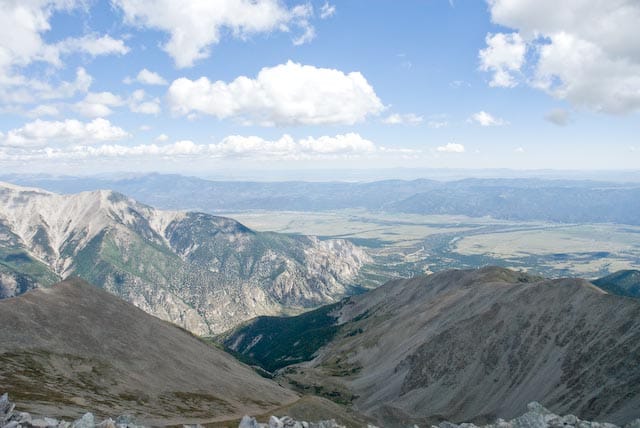
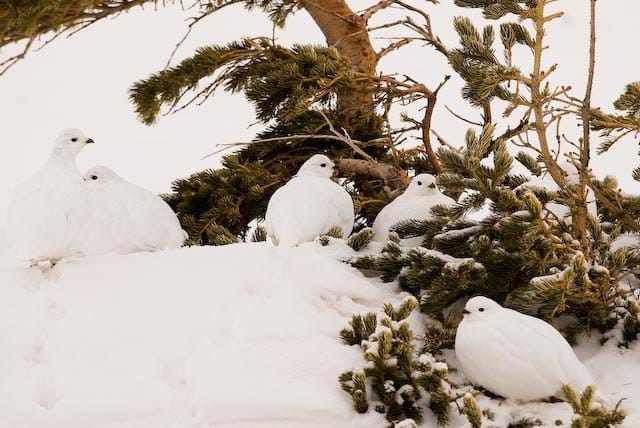
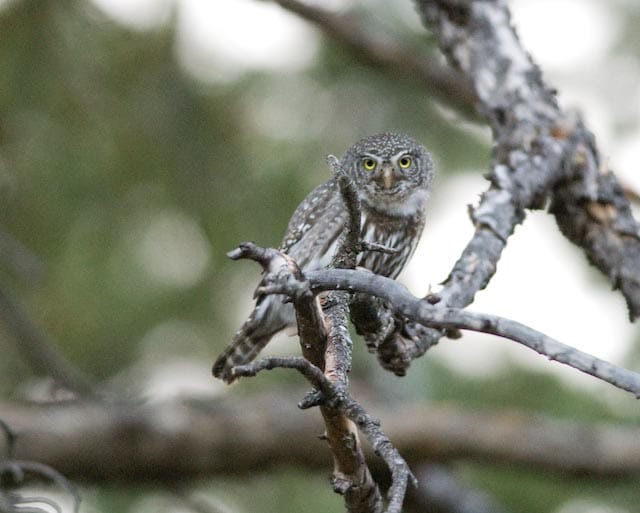
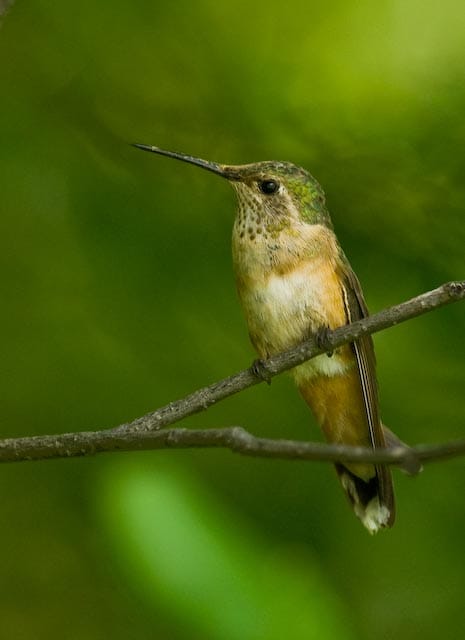
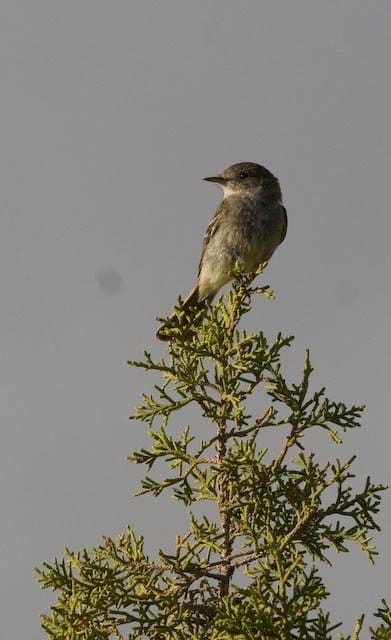
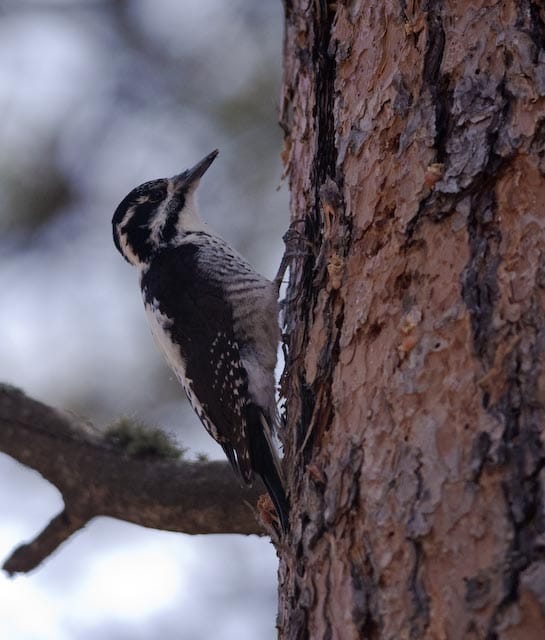










Nice glimpse into Colorado birding! During my birding bum days, I had some wonderful times there doing surveys across southern tier of the state for the Rocky Mountain Bird Observatory. Doing seasonal work for them can be a fantastic experience for any young birder.
You start with the candy to turn us into addicts? Can’t wait for more Colorado posts!
Nice one Mike! You make Colorado – and mountains – sound fantastic.